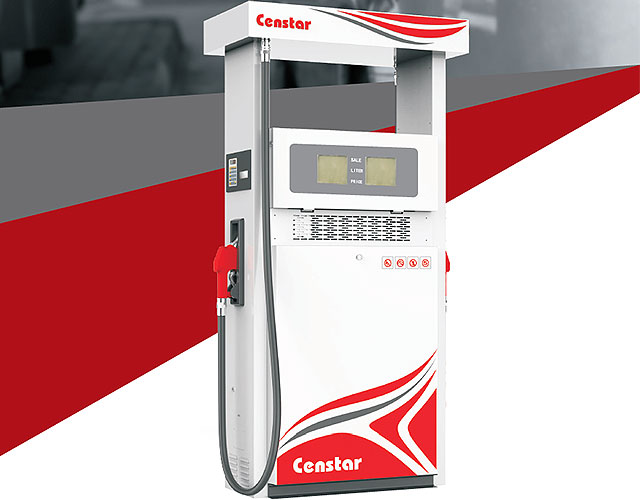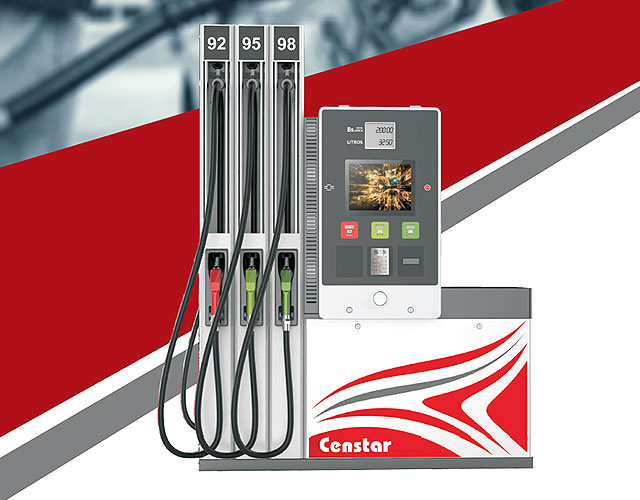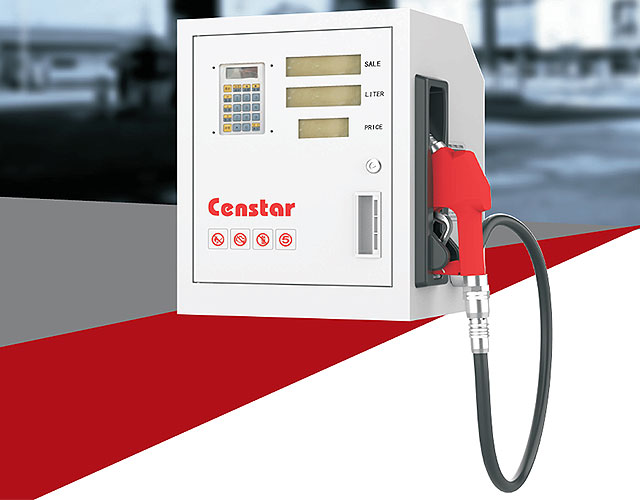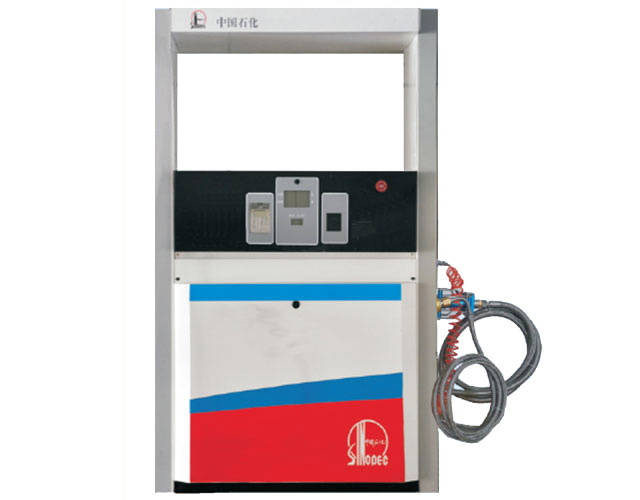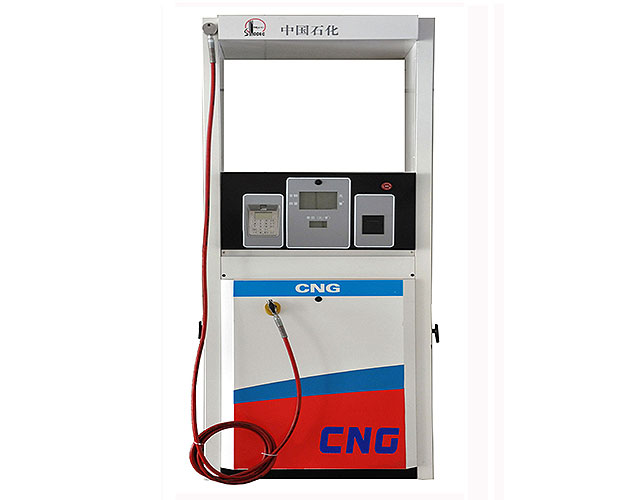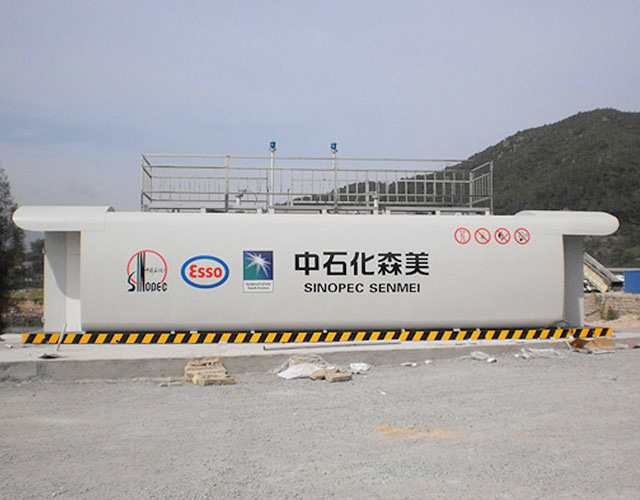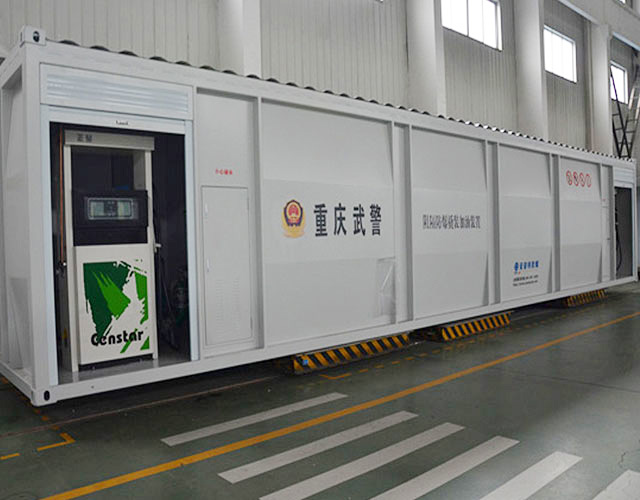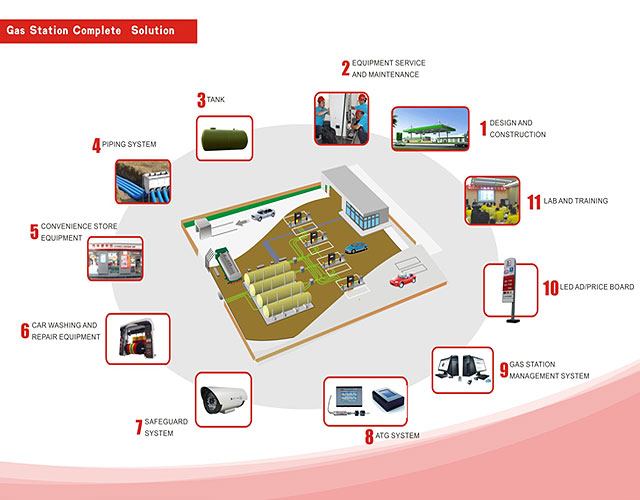fire precautions at lpg filling station

Cylinder Filling Precautions
Understanding and following the steps and precautions to take when filling portable cylinders can avoid accidents: Always inspect the filling cylinder station equipment prior to filling. Know your plants fire prevention and emergency evacuation plans. Make sure that a plant operator is always in attendance during the entire filling operation.

Petrol filling stations Guidance on managing the risks of
a)Petroleum Enforcement Authorities (PEA) at retail petrol filling stations ('dispensing premises') but only in respect of the storage and dispensing of automotive fuels; e.g. petrol, LPG, LNG and hydrogen. b) Petroleum Enforcement Authorities (PEA) at non retail petrol filling stations

Propane Tank Refilling Regulations Hunker
The NFPA and OSHA require propane dispensing equipment be kept at least 10 feet from other combustible materials and 25 feet from open flames and sparks. At least one fully charged, 18 pound, B:C rated fire extinguisher must be maintained at the filling area and employees must be trained on its use, with refresher training annually.

Atomic Gas Explosion: Blame Explosions on Indiscipline
The deputy Public Relations Officer of the Ghana National Fire Service, Mr. Prince Billy Anaglatey has blamed the resurgent outbreak of fire at LPG and fuel filling stations in the country on indiscipline on the part of gas attendants, tanker drivers and their mates. His comment comes in the aftermath of the MANSCO gas filling [ ]

Code of Practice for Liquefied Petroleum Gas Filling
by owners of LPG filling stations for the desi gn, construction, testing & commissioning, operation and maintenance of LPG filling stations and also, in carrying on their business, to ensure the health and safety at work of their employees a nd to conduct their operations in a safe manner so

LP Gas Basic Filling Procedures General Information
LP Gas Basic Filling Procedures General Information Warning: Dispensing station to be operated only by a person who is certified according to Utah State Fire Prevention and Safety Law Title 53 Chapter 7 Part 3 Liquefied Petroleum Gas Act. The State Fire Marshals Office is not to be considered a source of training in the dispensing of propane.

Propane Safety Guidelines
Propane is a safe, clean burning and efficient fuel, but it must be handled properly and safely. Please read and follow these safety guidelines and share them with your family to help keep everyone safe and to reduce the risk of serious and potentially fatal injury, fire or explosion.

PELG Petrol filling stations Guidance on managing the
General fire precautions (means of escape and fire alarms/detection etc.) in buildings associated with the filling station. The guidance is not meant to be prescriptive and alternative methods of controlling the risks of fire and explosion may be followed where these provide an equivalent level of safety.

The Research about Fire Prevention of Vehicle Refuelling
Automobile oil and gas filling station should be equipped with fire blankets and sand as the class of oil filling stations. 3.8 Fire Water 3.8.1 LPG facilities in refuelling stations should be equipped with fire water system. Oil filling stations, CNG filling stations, Class three LNG gas filling stations should adopt buried, underground and

Fire Safety Public Advice
8.1 Everyone employed at the filling station should be instructed and trained to ensure that they understand the fire precautions and what they should do if there is a fire or leakage of LPG. All staff should receive instruction and training appropriate to their responsibilities in the event of an emergency.

Storage and handling of liquefied petroleum gases. 1910
Liquefied petroleum gas storage containers do not require lightning protection. (b)(17)(iv)Since liquefied petroleum gas is contained in a closed system of piping and equipment, the system need not be electrically conductive or electrically bonded for protection against static electricity. (b)(17)(v)

Safety Tips for Bulk LPG SUPERGAS
Safety Tips for Bulk LPG To ensure complete safety in and around LPG installation, SUPERGAS strictly adheres to pre defined safety processes and regulations. We continuously train our people and customers on detecting leaks, offering appropriate attention and exercising reasonable care in

Safety Tips for Commercial use of LPG, Safety at LPG
Safety Tips for Hotel SUPERGAS emphasizes importance of safety at customer's LPG installations and operations. Safe working environments ensure employee safety and productivity, be it at industrial or commercial set up.

FORKLIFT cyLIndeR filling by DiSPEnSER PUMP
1.0 Safety precautions 5 1.1 General safety precautions for filling cylinders by dispenser pump hose 5 1.2 Information relating to LPG hose, “hose end valve” and dispensing nozzle 6 1.3 Safety Data Sheets 7 2.0 Product knowledge 8 2.1 Liquefied Petroleum Gas 8 2.2 Characteristics of LPG 8 2.3 Pressure and temperature influences on LPG 9

How to Fill a Gas Bottle Refill Fill Propane Tank How
The other method to fill a gas bottle (fill propane tank) is referred to as 'decanting', which is how LPG gas bottle refill is typically done at service stations. When doing LPG gas bottle refill by weight, the filling hose is controlled by the scale, which shuts it off when the appropriate weight is achieved.

Assessing the Safety Operations Processes of an LPG
Also, LPG is heavier than air in low level areas so this feature of LPG makes it difficult to detect any leakage. Factors like these have to be considered by the experts managing the LPG filling station installations. LPG leakage can lead to a fire, bursting

Liquid Petroleum Gas (LPG) Health and Safety Authority
Liquefied petroleum gas (LPG) is a colourless odourless liquid which readily evaporates into a gas. Normally an odourant has been added to it to help detect leaks. LPG (either Butane or Propane), is generally stored and distributed as a liquid and it is widely used for process and space heating, cooking and automotive propulsion. .

Operating and Setting Up an LPG Plant in Nigeria: An
What is the timeline for setting up an LPG filling plant in Nige ria? (From the planning phase to operation) The timeline for setting up LPG plants differs; it typically takes about 2 years depending on the approval process. Let me walk you through the approval process for better understanding.

Petrol Stations Health and Safety Authority
Petrol Station Safety. Petrol filling stations are particularly hazardous workplaces which require to be licensed by Local Authorities because they store and sell a highly flammable liquid. Publications. Fire and Explosion Risks at Service Stations; Wetstock Reconciliation for Petrol Stations. Emergency Response Plans for Petrol Stations

Petrol Filling Stations Merseyside Fire and Rescue Service
Petrol filling stations and other facilities where petrol is dispensed as a fuel into LPG (autogas)* and LNG. These re fuelling installations are also general fire precautions (means of escape and fire alarms/detection etc) in buildings associated with the filling station.


